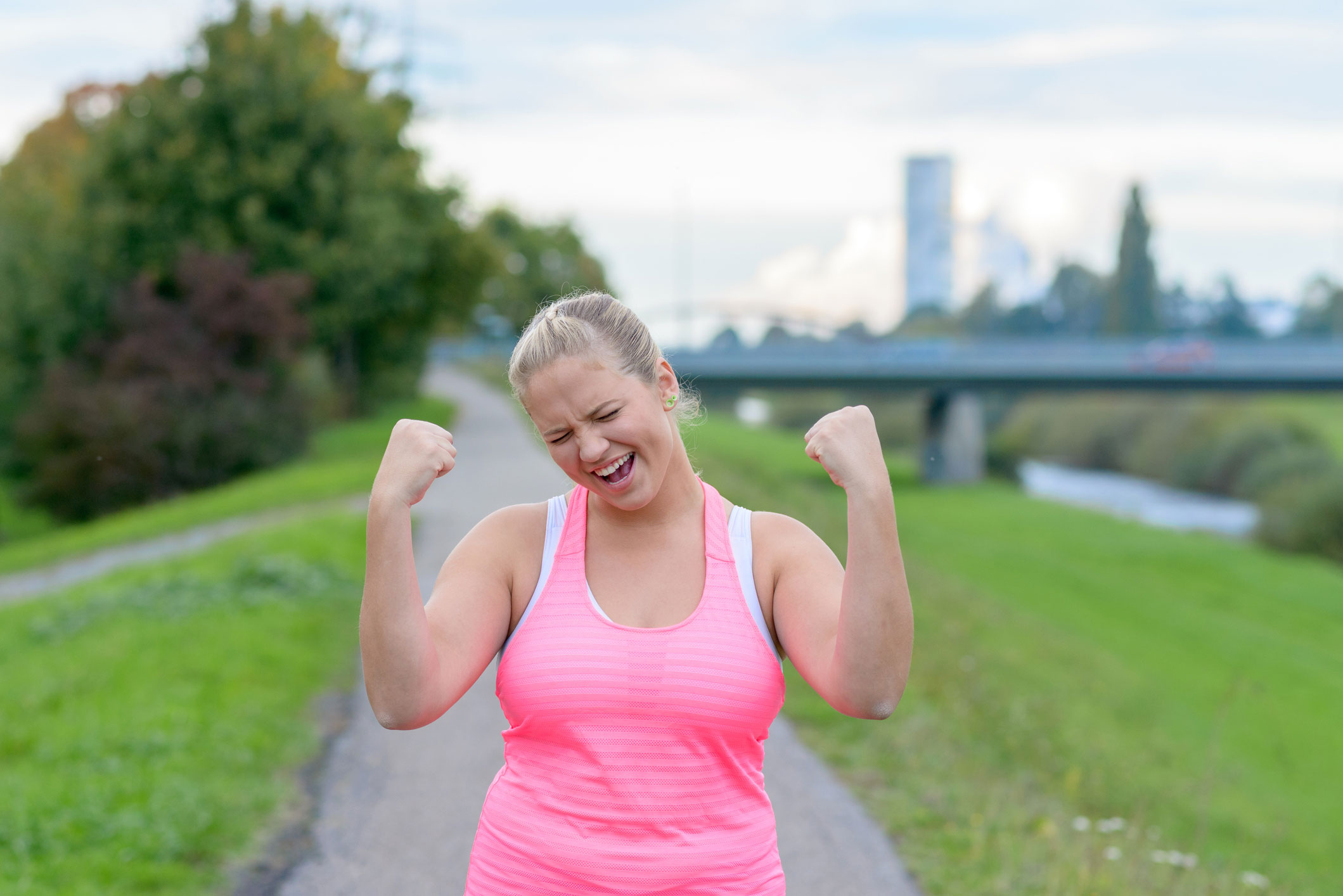
The beginning of the New Year is an opportunity for change. Sustaining your New Year’s resolutions is often difficult. If healthier eating and exercise habits are among your resolutions, consider the following when deciding what changes in your life are sustainable throughout the year and many years to come.
1) How easy or difficult is it to grocery shop, prepare meals and exercise?
It may be easier to grocery shop and prepare meals if you keep a list of foods you eat daily, have portioned containers available and set a time once a week for meal planning.
When performing an exercise, get a sense of how you feel just prior to, during and after completion of the exercise. If you feel the exercise brings you joy and self-satisfaction, continue it. If you do not feel joy or you need to convince yourself to perform the exercise, choose a different form of exercise.
If you have a meal plan and exercise that is easy to do, you will continue to do it.
2) Do you believe you are capable of planning meals or performing the exercise?
- Consider seeing a dietician or using phone applications for meal planning.
- Pick an activity that you know you can already do. If you are physically struggling with the exercise, you will not continue with it.
- Determine how long you can do the exercise without stopping. On the first day, time yourself. Do the exercise for that amount of time for 2 weeks. When it becomes easier to complete, add 2 minutes onto your time. Continue for another 2 weeks. Continue to add 2 minutes onto your time when the exercise becomes easier to complete. For example, if you can walk 5 minutes without stopping or struggling, walk 7 minutes for the next two weeks. Ideally, 150 minutes to 300 minutes a week of moderate-intensity or 75 minutes to 150 minutes a week of vigorous-intensity aerobic physical activity is the ultimate goal.
If you believe you can create a meal plan and do the exercise, you will continue to do it.
3) What time and place is best to prepare your foods and exercise?
- Pick a time you are always available to grocery shop and prepare your food for the week.
- Pick a time of day you are always available to do the exercise.
- If you do not have 30 minutes to complete your exercise, then break up the exercise time. For example: 15 minutes two times a day or 10 minutes three times a day.
- The place can be different depending on your schedule. Places can include work, playground, school, malls, neighborhood, gym or home.
If you have a set time to prepare your foods and list of places where you can exercise, you will continue to do it.
4) Why do you want to make these lifestyle changes?
Making a lifelong goal will help turn the activity into a habit. If it’s important, you’ll have the motivation to continue. For example, making healthier food choices and exercising to decrease your weight for the upcoming wedding, vacation or social gathering will work up to that date. Once the event passes, old habits will return.
Making healthier food choices and exercising to resolve or prevent health issues creates habits you’ll sustain for the rest of your life. Or maybe the motivation is different, whether it’s playing with your children, walking on the sand at the beach, doing yard work, being more comfortable in an airplane, fitting more comfortably in the chairs at theaters or riding a rollercoasters.
If you make lifelong goals of healthy food choices and exercise, you will continue to do it.
5) Habits are formed by cues.
When you choose to eat certain foods or choose to be sedentary instead of exercising, it’s a choice determined by something that immediately preceded the decision. If you choose to snack while you are cooking, for example, it may be because it’s been too long since you’ve eaten anything and you are hungry.
Hunger is the cue to snack. A solution may be to plan on eating healthy foods every 3-4 hours to prevent hunger and snacking. If you choose to watch television upon returning home from work instead of exercising, it may be that you are tired. Fatigue is the cue to sit. Consider putting your exercise sneakers and clothing in the front seat of your car or at the entrance of your home so you are reminded to exercise before relaxing. Seeing the sneakers is the cue to exercise.
If you leave yourself cues to eat healthy and exercise, you will continue to do it.
Dr. Devika Umashanker is a Hartford HealthCare Obesity Medicine Specialist. For more information on medical weight loss, click here.
Looking for information on surgical weight loss? Visit WhatWillYouGain.org.


